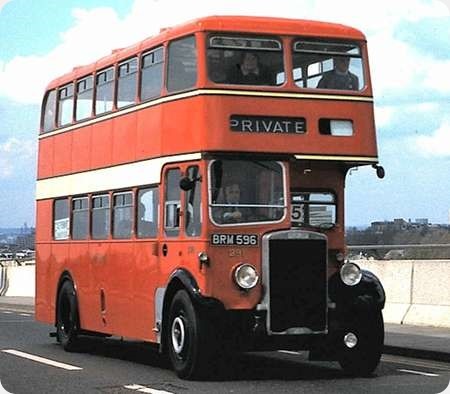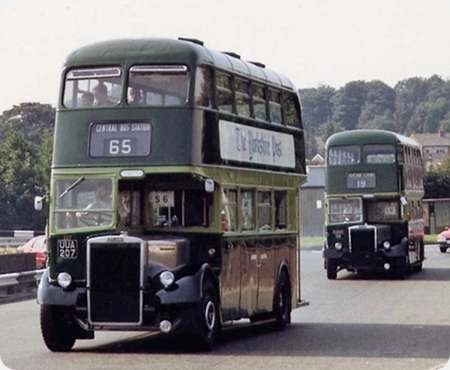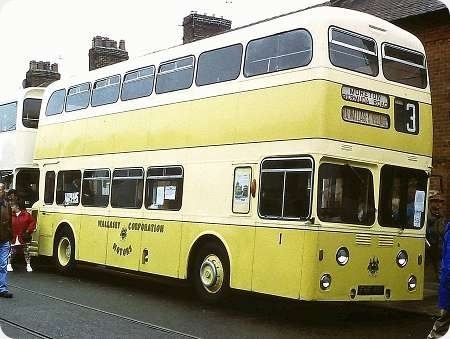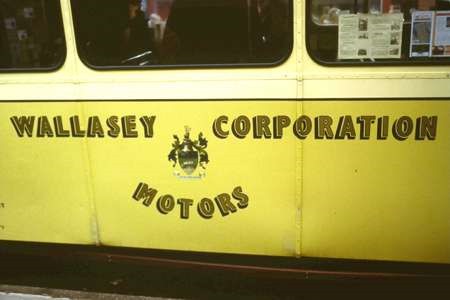Cumberland – Leyland Titan – BRM 596 – 291
Cumberland Motor Services
1936
Leyland Titan TD4
ECW L27/28R (1950)
Before the advent of the Tilling Group era, and the inevitable Bristol/ECW combination for most vehicles, Cumberland had a large fleet of Leyland chassis, and the Royal Tigers seem to have been the last. BRM 596 is a Leyland Titan TD4 with the chassis dating from 1936. The present ECW L55R body dates from 1950. I understand it spent some time with Barton after leaving the north west. We see it on Itchen Bridge, on 6 May 1979, while taking part in the Southampton City Transport Centenary rally.
Photograph and Copy contributed by Pete Davies
15/11/16 – 11:10
Perfect combination! The straight vertical radiator suits the body ideally. Leyland’s slightly curved, rearward-sloping postwar radiator committed the bodybuilder to a continuation of the same shape and direction, so that it looked out of place with an upright-front body, whereas the prewar design seen here looked good with any body shape.
Ian Thompson
16/11/16 – 07:07
Bartons actually acquired four of these from Cumberland but two were 1938 TD5s, all of them had these 1950 ECW bodies. They were purchased in 1959 and served until 1964/5. Quite a good bargain to get bodies which were only nine years old. They also bought four very similar vehicles from Crosville but on the PD1 chassis.
Chris Barker
16/11/16 – 11:39
I always found that the combination of postwar ECW bodies on Leyland TD chassis produced handsome vehicles very pleasing to the eyes and ears – in particular the glorious East Yorkshire Motor Services "Beverley Bar" examples. The same must be said of the PD1/ECW match, though of course these were brand new from the start.
Chris Youhill
Quick links to the - Comments Page - Contact Page - Home Page




